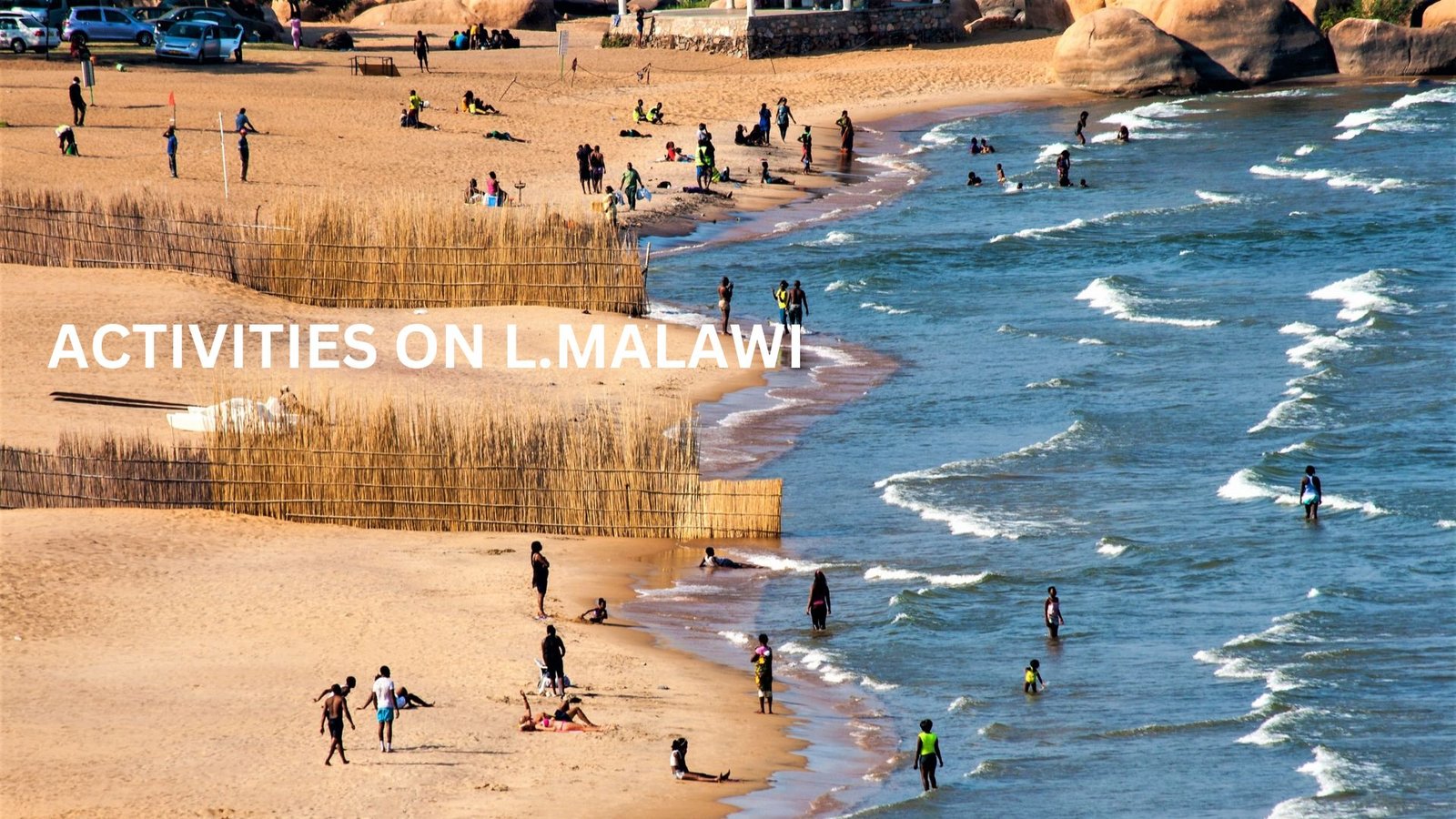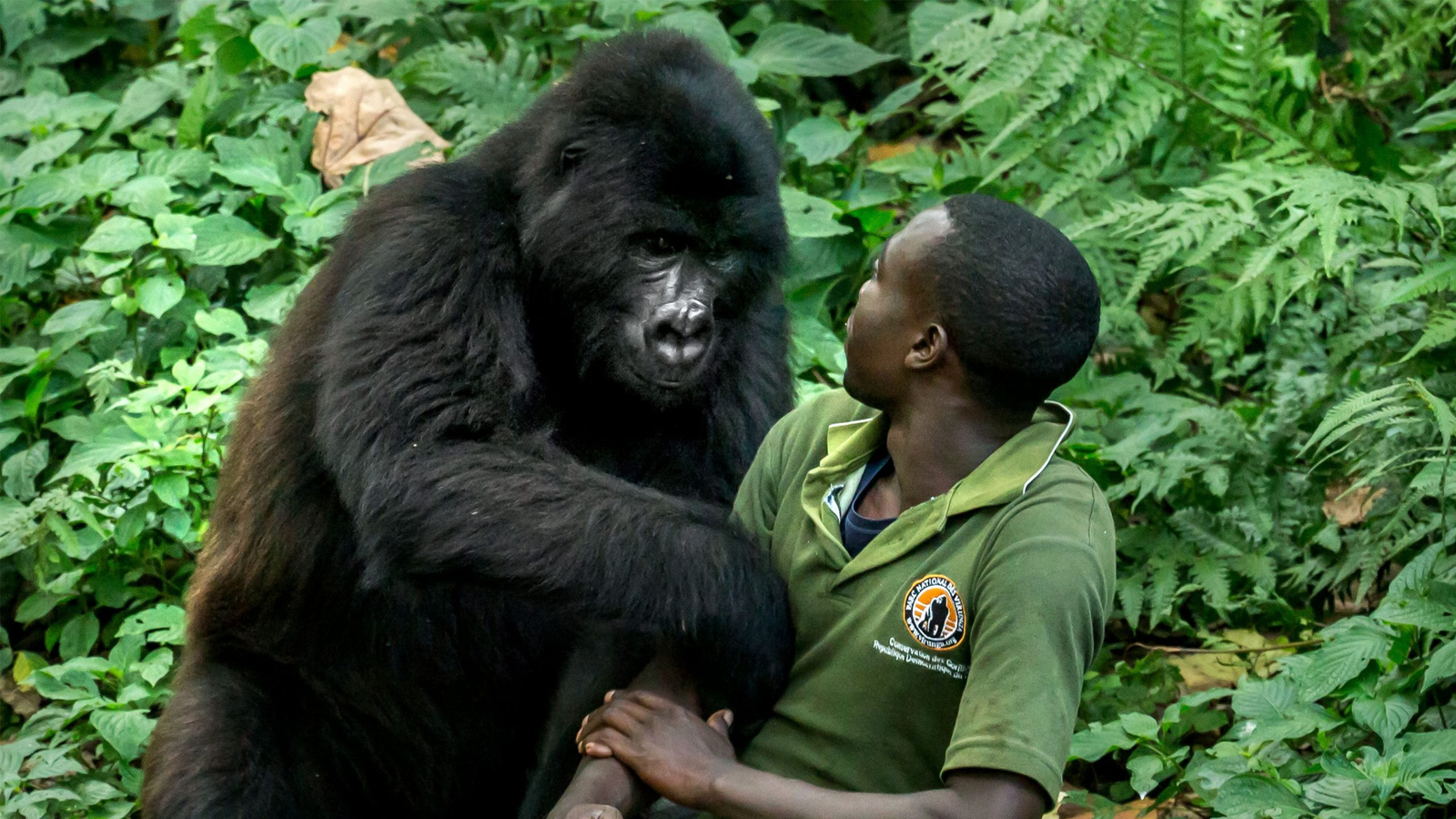
- Flora: The park’s vegetation consists of a mixture of tropical rainforest, gallery forest, swamp, and grassland. The rainforest is particularly noteworthy, featuring a variety of tree species, vines, ferns, and other plants. The forests are dense and teeming with life, providing a habitat for numerous animals and birds.
- Avifauna: Semuliki Valley National Park is a birdwatcher’s paradise, home to more than 400 bird species. Among the most notable are the rare and elusive shoebill stork, the Nkulengu rail, the yellow-throated cuckoo, and the African grey parrot. The park’s varied habitats support a diverse bird population, making it an essential destination for ornithologists.
- Mammals: While not as well-known for large mammals as some other Ugandan parks, Semuliki Valley still offers the chance to spot various interesting species. Forest elephants can be found here, along with buffaloes, several species of monkey, hippos, and various antelope species.
- Reptiles and Amphibians: The park is also home to a variety of reptiles and amphibians, many of which can be found in the swampy areas. This includes various snake species, frogs, and lizards.
- Insects and Butterflies: Insects, including butterflies, are abundant in the park. The diverse plant life sustains a rich insect population, contributing to the overall biodiversity of the area.
- Trees and Medicinal Plants: The forests of Semuliki Valley harbour numerous tree species, some of which have traditional medicinal uses for local communities. The knowledge of these medicinal plants has been passed down through generations and remains an essential part of the local culture.
Bird watching Paradise:
Semuliki Valley National Park is indeed a bird watching paradise and a haven for bird enthusiasts. The park’s diverse habitats, ranging from lush tropical rainforests to open savannahs and wetlands, create an ideal environment for a wide variety of bird species. Here are some reasons why birdwatchers consider Semuliki Valley a must-visit destination:- Abundance of Bird Species: With over 400 recorded bird species, Semuliki Valley is a treasure trove for birdwatchers. The park’s varied ecosystems support both resident and migratory birds, providing ample opportunities to spot a diverse range of avian life.
- Rare and Endemic Species: Birdwatchers are particularly drawn to Semuliki Valley National Park because of the presence of rare and endemic bird species. One of the most sought-after birds in the park is the shoebill stork, a prehistoric-looking bird that is notoriously difficult to find in the wild. Other rare finds include the Nkulengu rail and the yellow-throated cuckoo.
- Birding Along the River: The Semuliki River that runs through the park attracts a plethora of birdlife. Boat safaris along the river offer birdwatchers a unique opportunity to observe waterbirds, including kingfishers, herons, egrets, and ducks, among others.
- Forest Birding: The park’s pristine rain forests are a hotshot for forest-dwelling bird species. Colorful turacos, horn bills, parrots, and various sun bird species are commonly sighted within the forest canopy.
- Bird Hides and Observation Points: Semuliki Valley has established bird hides and observation points strategically placed to maximize bird watching opportunities. These spots provide a quiet and concealed location for observing birds without disturbing their natural behavior.
- Expert Local Guides: Knowledgeable local guides who are familiar with the park’s birdlife and their calls can significantly enhance the bird watching experience. They can identify bird species by their calls and help visitors locate elusive and hard-to-spot birds.
- Migratory Birds: During the migration seasons, Semuliki Valley becomes a temporary home to a wide range of migratory birds, adding even more diversity to the birdwatching experience.
- Peaceful and Less Crowded: Unlike some of Uganda’s more popular national parks, Semuliki Valley offers a serene and less crowded birdwatching environment. This allows birdwatchers to enjoy a more intimate and immersive experience with nature.
- Sempaya Hot Springs: The Sempaya Hot Springs are the most well-known and accessible hot springs in Semuliki Valley National Park. They are located in the eastern part of the park and are one of the main highlights for tourists visiting the area.
- Two Hot Springs: The Sempaya Hot Springs consist of two main springs known as the “Male” and “Female” springs. The “Male” spring is the larger of the two and is known for its boiling geyser-like eruption that can shoot up to two meters high. The “Female” spring is a bit smaller and is famous for its bubbling pool of water.
- Medicinal Properties: The hot springs are not only a natural wonder but also hold cultural and traditional significance for the local communities. The Bakonzo people, who inhabit the area surrounding the park, believe that the hot springs have healing and medicinal properties. They often visit the springs for therapeutic purposes, such as treating various ailments and skin conditions.
- Guided Tours: To visit the hot springs, it’s advisable to take a guided tour led by knowledgeable park guides. They can provide you with information about the geology, history, and cultural significance of the hot springs, enhancing your overall experience.
- Nature Walks: The journey to the hot springs involves a pleasant nature walk through the park’s lush forests, allowing you to appreciate the diverse flora and fauna along the way.
- Scenic Beauty: Besides the hot springs themselves, the surrounding area is stunning, with verdant vegetation and picturesque landscapes. It’s an excellent opportunity to immerse yourself in the natural beauty of the park.
- Viewing Platforms: The park management has constructed viewing platforms near the hot springs, providing safe vantage points from where visitors can observe the impressive boiling water and steam coming from the springs.
- Time to Visit: The hot springs can be visited year-round, but it’s always a good idea to check with local guides or park authorities for the most updated information on accessibility and safety.
- Village Visits: Guided tours to nearby villages allow visitors to interact with the Bakonzo and Batwa people and gain insight into their daily lives. You can observe their traditional practices, see how they make crafts, and learn about their agricultural techniques.
- Traditional Dances and Music: Cultural performances featuring traditional dances and music are often organized for visitors. The vibrant dances and rhythmic beats showcase the cultural identity and history of the local communities.
- Storytelling: Elders from the communities often share stories, legends, and myths that have been passed down through generations. This oral tradition provides a glimpse into the beliefs and values that shape their way of life.
- Traditional Medicinal Practices: The local communities have a deep knowledge of medicinal plants and their healing properties. Visitors can learn about the traditional medicinal practices used to treat various ailments and maintain overall well-being.
- Craft Demonstrations: The Bakonzo and Batwa people are skilled artisans, creating unique crafts like woven baskets, traditional clothing, and wood carvings. You may have the opportunity to watch them at work and even purchase some of their handcrafted items as souvenirs.
- Community Projects: Some tour operators and lodges in the area have community-based projects that allow visitors to engage in activities that support the local communities. This may involve participating in educational initiatives, environmental conservation efforts, or supporting sustainable livelihood projects.
- Homestays: For a more immersive cultural experience, some villages offer homestay opportunities. Visitors can stay with local families, participate in their daily activities, and experience authentic village life firsthand.
- Cultural Centres: There are cultural centres and museums in the region that showcase the history, traditions, and artifacts of the local communities. These centres provide valuable insights into the cultural heritage of the area.




